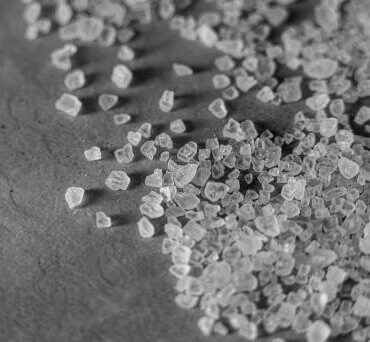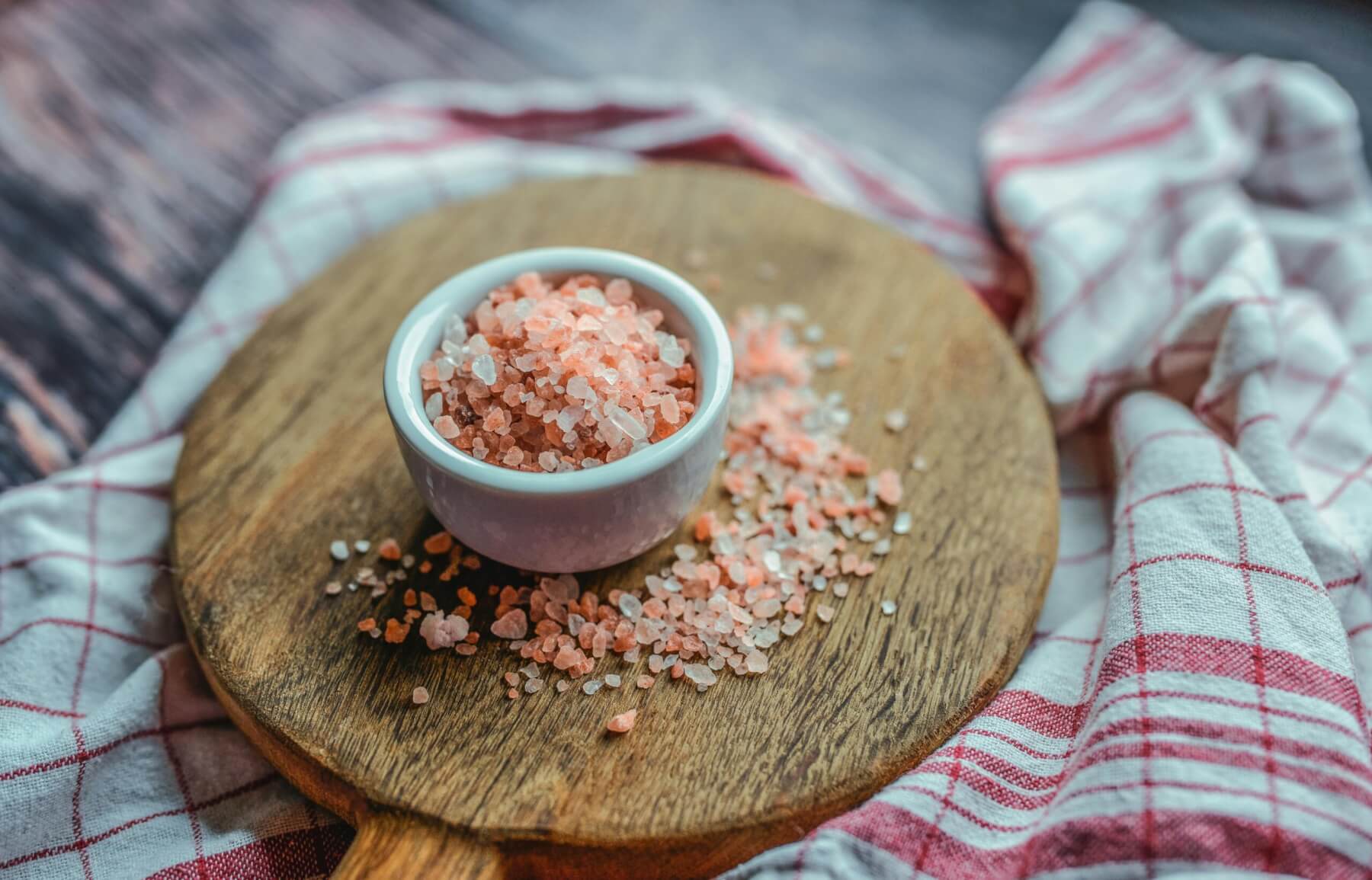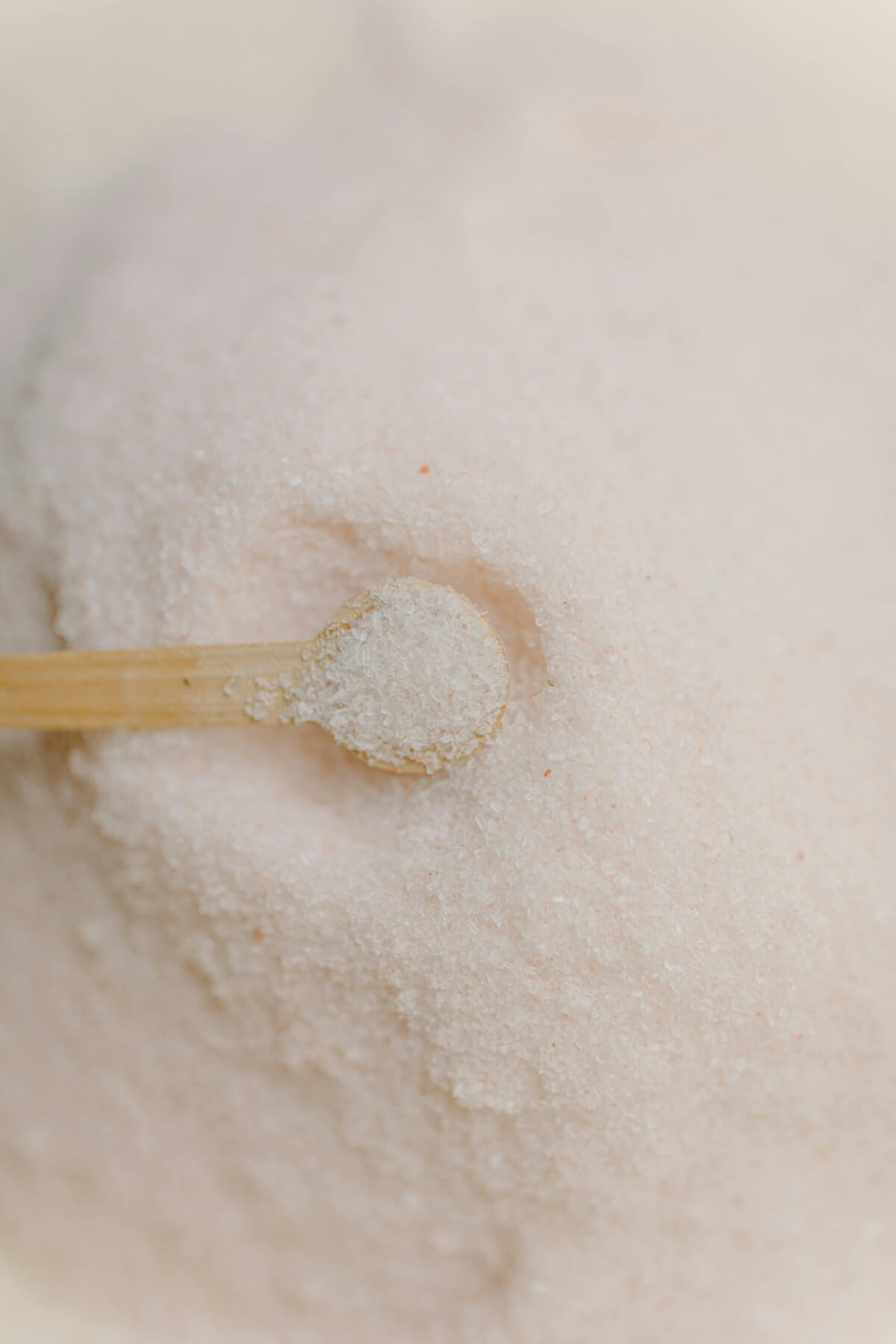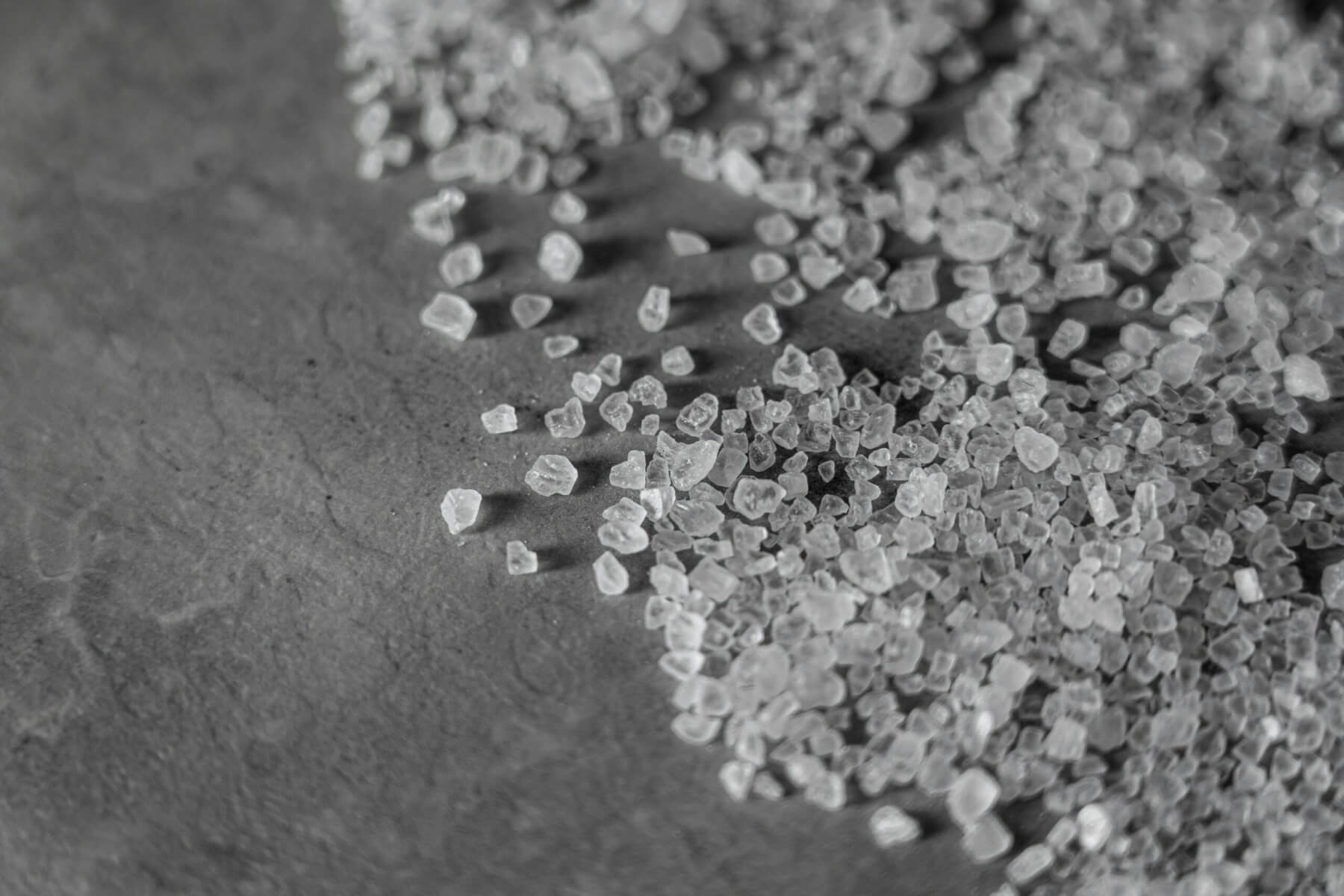
Crystal salt. Photo: Castorly Stock, pexels.com
Salt is part of our everyday lives, whether we are eating it or swimming in ocean water. Before it reaches our kitchens, salt is collected in several ways. One method involves evaporating salty water, leaving the salt behind to be harvested. Another source is rock salt, or halite, which forms when large bodies of salty water evaporate over time. These deposits, called evaporites, can originate from vast inland seas that existed hundreds of millions of years ago.
If you use Himalayan salt, that mineral has had quite the journey before arriving in stores. It is mined from the aptly named “Salt Range” in Pakistan, within what geologists call a fold-and-thrust belt. These massive geological features form when tectonic plates collide, causing rock layers to deform over immense timescales. Imagine pushing a rug along the floor—it folds and buckles as it bunches up. Similarly, when large faults develop, rock layers can be thrust over one another, creating complex geological structures.
One fascinating property of salt is that, under the right conditions, it flows. When thick layers of salt (ranging from hundreds of meters to a kilometre in thickness) are buried by sediments over geologic time, they experience uneven pressure, causing the salt to move. Picture a mattress-sized slab of putty: if you roll over it, the putty will bulge outward, shifting away from the applied pressure.
Salt can also migrate or move toward the surface, forming large domes or even flowing across the land like a glacier. If you search for “Zagros Mountains salt glaciers” online, you’ll find stunning images of multi-coloured salt formations, some even imaged from space to show their impressive size.
On the seafloor, salt can emerge at the surface and, thanks to a thin protective layer that prevents it from dissolving, create striking geological features. These are particularly abundant on the continental shelf in the Gulf of Mexico.
Buried salt deposits can also play important role in oil and gas accumulation. Because salt is impermeable, it acts as a natural barrier, trapping migrating hydrocarbons beneath the surface.
Salt can come in different colours, depending on its composition. Pure sodium chloride (NaCl) is colourless, while pink Himalayan salt gets its distinctive hue from trace amounts of iron oxide. This is similar to how minerals like quartz exhibit various colours depending on the presence of other elements.
It’s truly remarkable when you think about it. A vast inland sea slowly evaporates, leaving behind a thick salt deposit. Over millions of years, this deposit is buried beneath layers of sediment, becoming part of the rock record. Eventually, the salt, being less dense and more buoyant than the surrounding rock, begins to rise back toward the surface—just like oil in water or magma in the Earth’s crust. And after this long, extraordinary journey, we harvest it for food, decoration, or even to make salt lamps.
The next time you use Himalayan or other rock salt, I hope you take a moment to appreciate the incredible history this ancient mineral has travelled through time and space.












